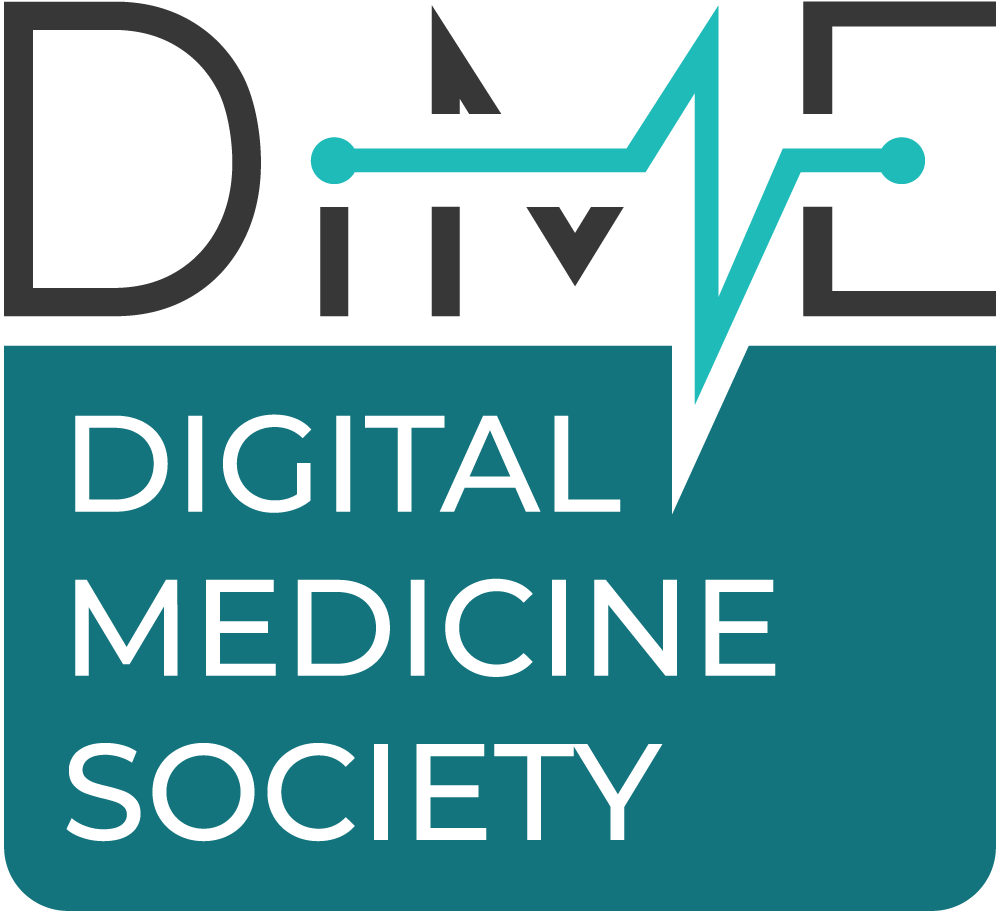Redefining Healthcare: The Power and Potential of Virtual First Care

As healthcare systems worldwide grapple with the aftermath of the COVID-19 pandemic, the spotlight on virtual care has intensified. The use of virtual services has remained high post-pandemic, and the global virtual care market is projected to be worth
To succeed in this transformation, indusry stakeholders must understand when, where, and how to incorporate digital interactions into the healthcare delivery system. It is essential to ensure that the policies, regulations, and requirements governing our healthcare industry keep pace with innovation without compromising due diligence.
The
So, what exactly is virtual-first care (V1C), why is it so effective in generating clinical and economic outcomes, and how will its integration and adoption into the current healthcare delivery landscape address the biggest challenges facing the entire industry, including access, cost, quality, and equity?
To answer these questions, the Digital Medicine Academy recently launched a new, free course, "
Defining virtual first care
Virtual First Care (V1C) is medical care for individuals or a community accessed through digital interactions where possible, guided by a clinician, and integrated into a person’s everyday life. This care modality fosters a patient-centric approach through components such as asynchronous communication with cross-functional care teams, remote monitoring, at-home lab or diagnostic testing, and health behavior and education modules.
The COVID-19 pandemic accelerated the adoption of virtual care modalities across the United States healthcare system out of necessity. However, this shift towards virtual-first interactions is poised to become the new normal, driven by increasing patient demand for convenience and accessibility. As a result, many patients are enrolling in V1C platforms for primary, specialty, and urgent care services.
V1C has generated sustainable health outcomes and economic efficiencies across diverse healthcare domains, including:
Members with elevated A1C (over or equal to 8%) at baseline experienced an average
A
Annual
These outcomes indicate that this care modality can provide scalable, personalized care that addresses unmet needs and enhances accessibility. Yet, effectively integrating V1C into the current healthcare delivery landscape requires equipping stakeholders with a deep understanding of V1C to ensure the governing policies and processes of implementing these services position the field for successful adoption.
These outcomes indicate that this care modality can provide scalable, personalized care that addresses unmet needs and enhances accessibility. Yet, effectively integrating V1C into the current healthcare delivery landscape requires equipping stakeholders with a deep understanding of its core components and key considerations that will position the field for successful adoption.
V1C in practice
Understanding the distinction between V1C and telemedicine is crucial for appreciating V1C's transformative potential in addressing healthcare's most pressing challenges. While telemedicine typically involves virtual appointments as a quick alternative to in-person visits, V1C is a comprehensive care modality incorporating various virtual components to create a seamless care experience.
With V1C, clinical care teams can monitor, communicate with, and care for patients 24/7, regardless of location, creating new opportunities for timely care and breaking down geographical barriers. V1C also facilitates access to specialists and healthcare services that may be scarce in certain regions, democratizing healthcare delivery and promoting equity despite historical disparities.
Providers can also continuously monitor patients' health metrics, track their progress, and receive real-time feedback, allowing for adjustments to care plans as needed. By leveraging this dynamic approach, providers can deliver flexible, personalized care tailored to each patient's needs and circumstances.
This patient-centric model fosters a more engaged and informed patient population. By actively involving individuals in their healthcare journey, V1C empowers patients with knowledge, tools, and resources to make informed decisions about their health, leading to better outcomes and improved overall well-being.
While V1C's potential is promising, addressing critical challenges within the healthcare system is essential. This includes updating policies and processes to keep pace with innovation, such as adapting reimbursement rules and coverage policies to ensure sustainable payment pathways for virtual services. At the same time, effective partnerships between V1C providers and employer groups, health systems, or payors are crucial to ensure access, coverage, and patient engagement.
Enabling the future
V1C presents compelling opportunities for stakeholders across the healthcare industry, offering opportunities to develop complementary care models, enhance resource utilization, reduce costs, improve patient experiences and outcomes, and enable the principles of value-based care.
Consider the applications for various stakeholders:
Health plans can expand provider networks, elevate member satisfaction, manage chronic conditions more effectively, and achieve superior health outcomes with V1C.
Employer groups and brokers stand to benefit from innovative solutions that promote employee health and productivity while curbing healthcare spending and distinguishing their offerings.
Government agencies and policymakers have the opportunity to leverage V1C to address access disparities, control healthcare costs, and advance equitable, high-quality population health outcomes. Insights gained from V1C can inform policies and regulations, ensuring the success of federal programs.
Universities and academic institutions can prepare future healthcare professionals for a digital-first landscape by incorporating virtual medicine education, fostering interest, investment, and workforce readiness.
These applications illustrate how V1C can be a game-changer for the healthcare industry. By embracing this innovative approach, stakeholders can contribute to a more efficient, equitable, and patient-centered healthcare system.
Conclusion
The V1C Coalition by DiMe is dedicated to ensuring that all individuals, especially underserved populations, have access to high-quality, patient-centered care.
We invite you to
Together, we can unlock V1C's full potential, transform healthcare delivery, and create a more equitable, accessible, and cost-effective system prioritizing patient well-being.
Abby Sugg is associate director, healthcare and public health, at the Digital Medicine Society.
Sarah Moore is associate director, education, at the Digital Medicine Society.
Newsletter
Get the latest industry news, event updates, and more from Managed healthcare Executive.


















































